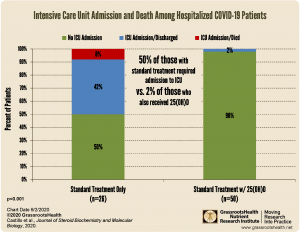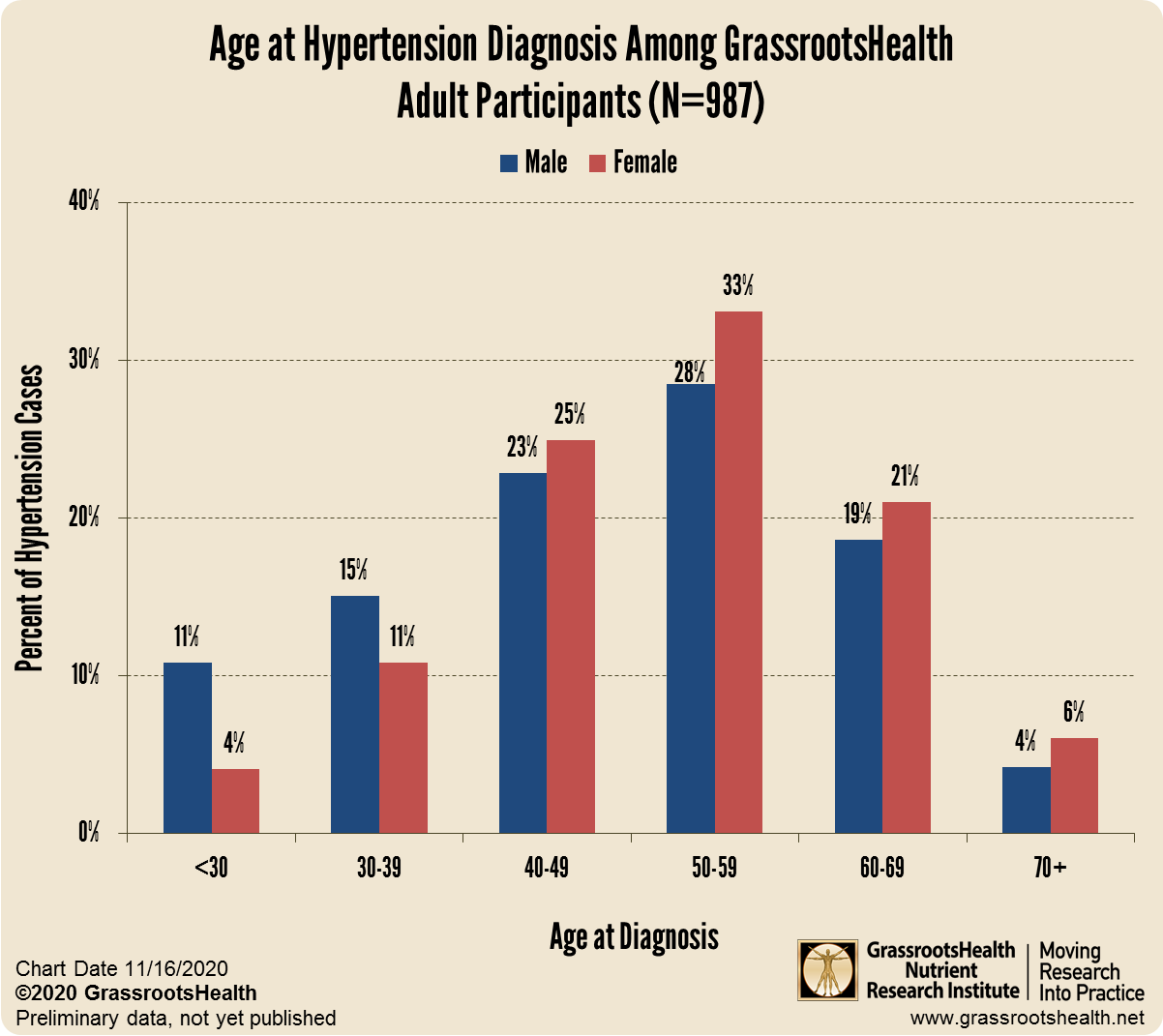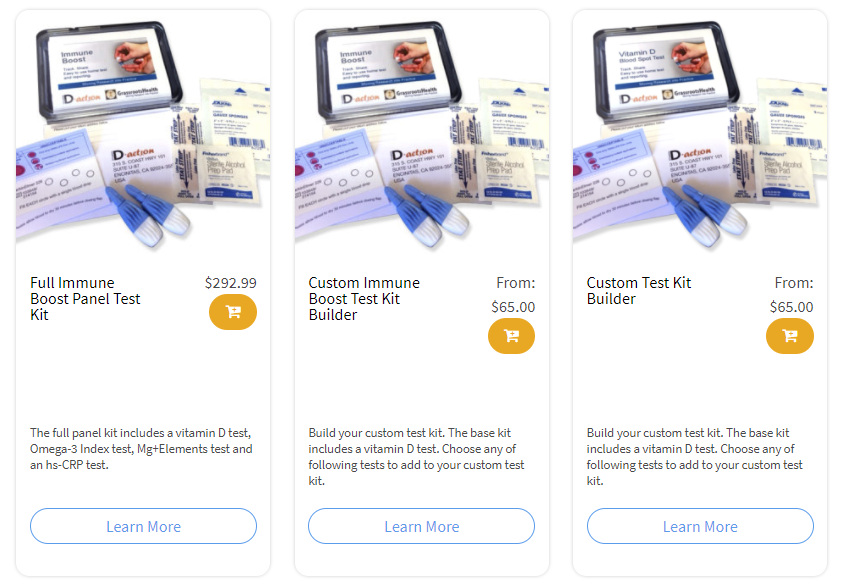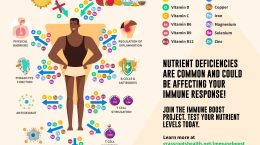Published on December 3, 2020
Gender and age differences among GrassrootsHealth participants with hypertension
 On the health and lifestyle section of the GrassrootsHealth questionnaire, participants are asked whether or not they have ever been diagnosed with a number of health conditions including hypertension. Hypertension, or high blood pressure, can lead to heart disease and stroke. In this post we will take a look at the prevalence of hypertension in the GrassrootsHealth cohort as well as the demographics of these cases.
On the health and lifestyle section of the GrassrootsHealth questionnaire, participants are asked whether or not they have ever been diagnosed with a number of health conditions including hypertension. Hypertension, or high blood pressure, can lead to heart disease and stroke. In this post we will take a look at the prevalence of hypertension in the GrassrootsHealth cohort as well as the demographics of these cases.
Age, Gender, and Hypertension
Among the approximately 13,500 adult participants who have completed the GrassrootsHealth questionnaire, 7.3% reported being diagnosed with hypertension. The prevalence rate was 6.5% among female participants and 8.1% among male participants. Below is a chart showing the age of diagnosis of hypertension by gender. Men were more likely to be diagnosed at a younger age compared to women.
Studies have shown that low vitamin D levels are a risk factor for cardiovascular disease. In a previous post, we assessed the association between vitamin D level and risk of being diagnosed with hypertension among participants aged 50 years and older.
The incidence rate among those with vitamin D levels of 50 ng/ml (125 nmol/L) or higher was 51% lower than the rate among those with vitamin D levels less than 40 ng/ml (100 nmol/L) (P=0.02). This preliminary analysis suggests that increasing vitamin D levels above 40 ng/ml could reduce hypertension risk. Further analysis is needed to assess this association by adjusting for other biometric and lifestyle risk factors.
Do you know YOUR vitamin D level?
Could a vitamin D deficiency be affecting your health? Find out today! Using the GrassrootsHealth Custom Kit Builder, you can create a test kit that measures your vitamin D level and other important nutrients (such as omega-3s and magnesium), as well as your CRP level. Click here to build and order your test kit today – measure your status and take the steps necessary to improve them if needed; make an impact on your health today and for your future! When you know what your levels are, you can determine next steps to take and how much supplementation may be needed if you are not at your target levels.
Concerned specifically about your immune health? Enroll now with the Full Immune Boost Panel (which includes tests for vitamin D, Omega-3 Index, magnesium, zinc, selenium, copper, and hsCRP), and get 10% off when you use coupon code BoostTen at checkout.
What Does it Take YOU to Get Your D to 40 ng/ml (100 nmol/L)?
Did you know your health could be greatly affected by making sure you have a vitamin D level of at least 40 ng/ml (100 nmol/L)? Help us help you.
STEP 1 – Do you know what your vitamin D level is? If not, be sure to test today to find out.
STEP 2 – Determine your target level. Are you at your target level? Experts recommend a level of at least 40-60 ng/ml (100-150 nmol/L).
STEP 3 – Need to boost your level? Use the D*calculator to see how much vitamin D it may take to reach your target. Opt for the Loading Dose for a quicker boost.
STEP 4 – Optimize how your body absorbs and utilizes vitamin D with co-nutrients and these simple steps.
STEP 5 – Re-Test! This is an important step to make sure you have reached your target level, and to ensure you are not taking too much! Re-testing after 3-4 months is recommended.
STEP 6 – Adjust, Repeat…
Give your immune system the nutrients it needs to support a healthy you and protect yourself from unnecessary diseases, especially COVID-19.
NEWS ALERT
 The first Randomized Controlled Trial on vitamin D and COVID-19 has shown a 96% lower risk of ICU admission for those receiving vitamin D (as 25(OH)D to quickly boost vitamin D blood levels) along with the standard treatment, compared to those receiving standard treatment alone.
The first Randomized Controlled Trial on vitamin D and COVID-19 has shown a 96% lower risk of ICU admission for those receiving vitamin D (as 25(OH)D to quickly boost vitamin D blood levels) along with the standard treatment, compared to those receiving standard treatment alone.
These results support many previous observational studies showing a relationship between vitamin D levels and intake and COVID-19 severity.
Review the Latest Nutrient Research for COVID-19
GrassrootsHealth Nutrient Research Institute has launched the new Immune Boost project with the use of our myData-myAnswers nutrient health system that nearly 15,000 people are already using for their health. Specific markers that influence immune health are suggested for testing as part of this project including:
- Vitamin D
- Omega-3 Index
- Essential elements magnesium, selenium, and zinc
- hsCRP
Our goal is to demonstrate how one can use the Nutrient Research Model established by Dr. Robert Heaney to show the effect of vitamin D serum levels of at least 40 ng/ml (100 nmol/L) on risk reduction for all ethnicities in the population. Status and intake of other nutrients will also be analyzed for any type of relationship to immune status and symptom severity. Join the project today!
Please let us know if you’re interested in helping sponsor this project.
CLICK HERE for updates and new information about the project.
Through GrassrootsHealth Nutrient Research Institute, you can also test your essential elements magnesium, copper, zinc and selenium, toxins such as lead, mercury and cadmium, as well as your omega-3 levels, inflammation levels and thyroid stimulating hormone (TSH) level. Find out your levels today! Log on to the test selection page (click the link below) to get your tests and see for yourself if your levels can be improved.
Make sure you track your results before and after, about every 6 months!
Click Here to Access the Test Page
How can I track my nutrient intake and levels over time?
To help you track your supplement use and nutrient levels, GrassrootsHealth has created the Personal Health Nutrient Decision System called
For each specific supplement, you can track what days you take it, how much, and many other details. This will help you know your true supplemental intake and what patterns of use work for you to reach and maintain optimum nutrient levels. Check it out today!










